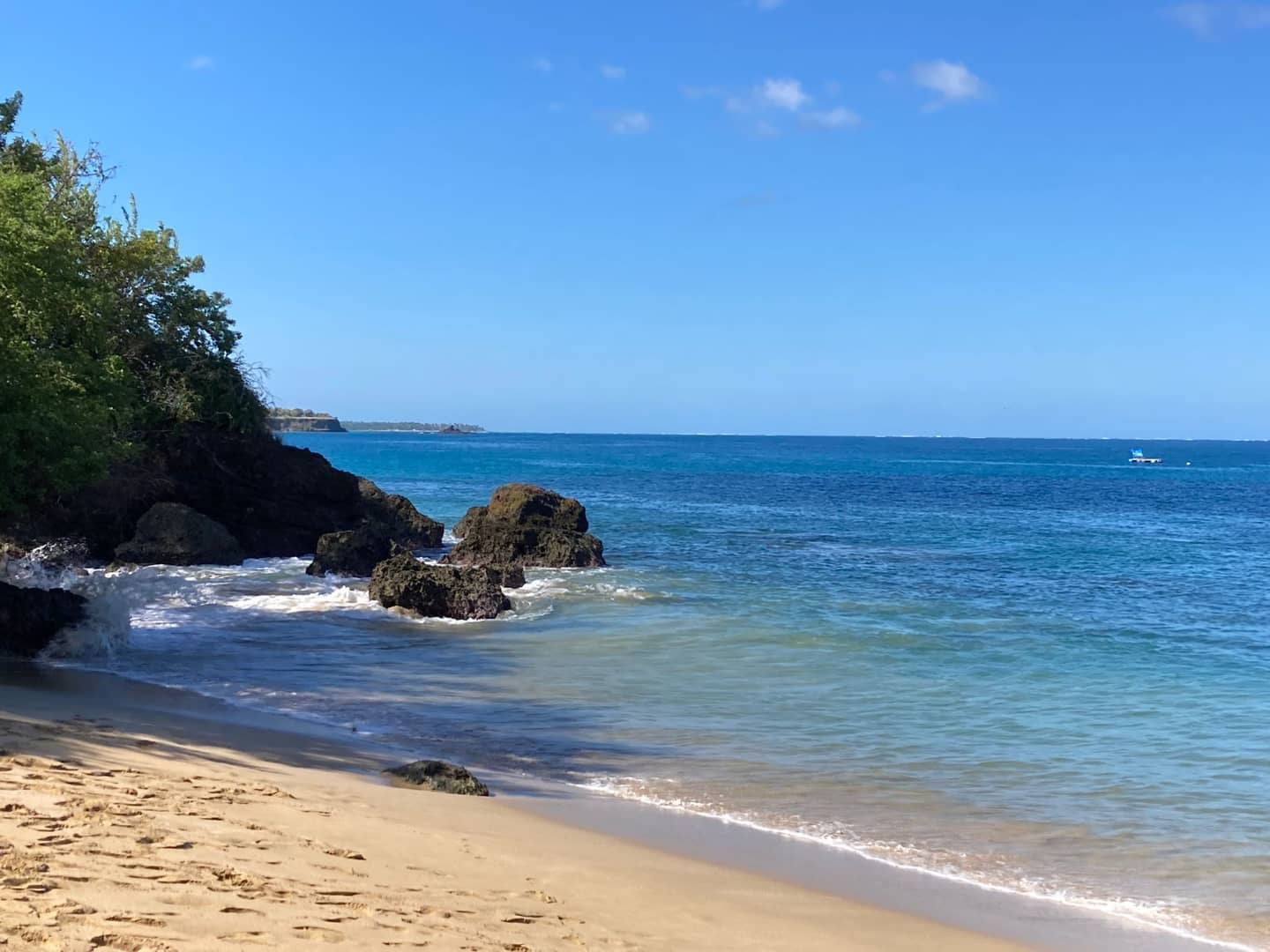
The Top 10 Must-Visit Beaches in Tobago That Will Take Your Breath Away
Pigeon Point Beach, Englishman's Bay, Store Bay, Castara Bay, Turtle Beach
1. Pigeon Point Beach: A Slice of Heaven on Earth
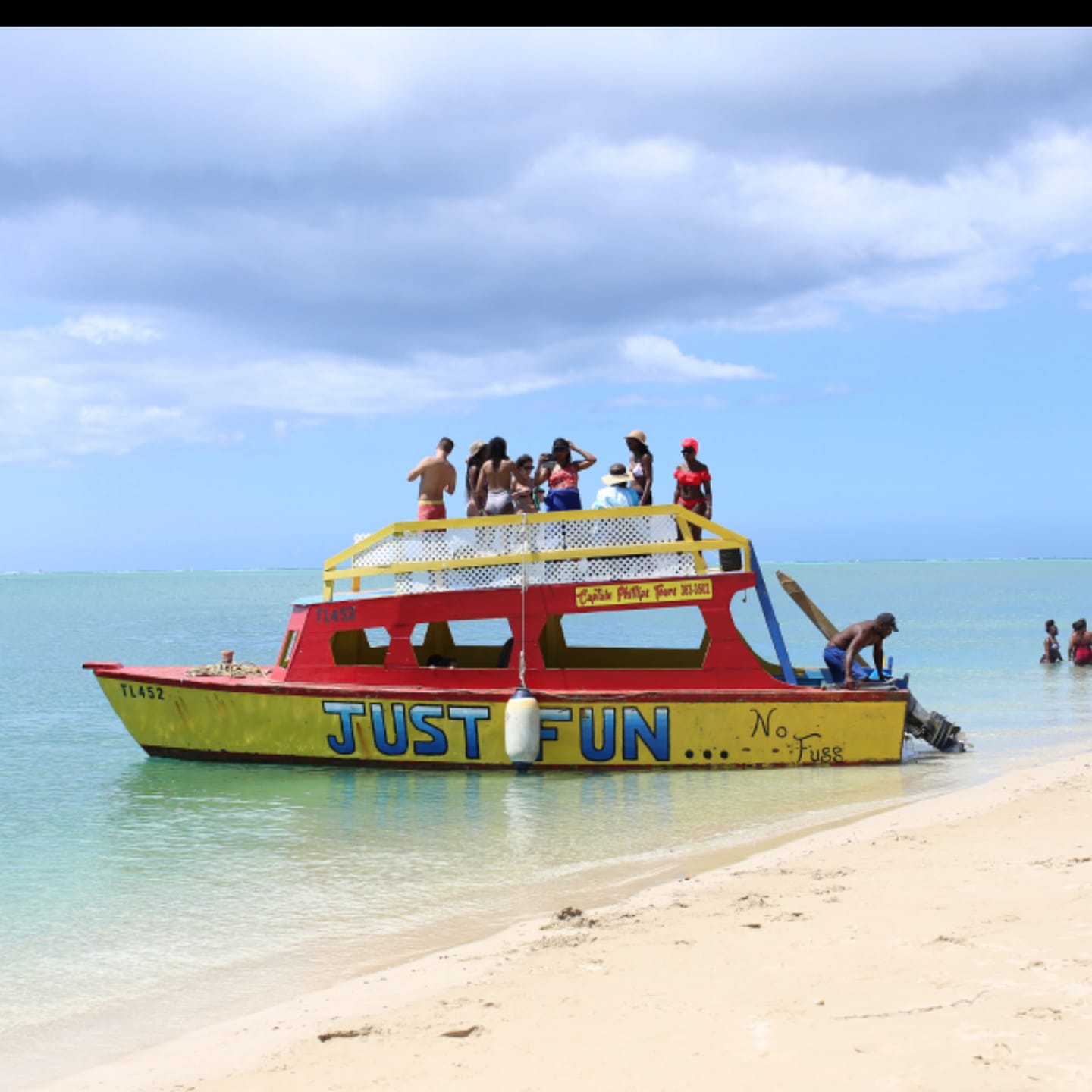
Pigeon Point Beach Tobago, is a white sandy beach, with turquoise waters, and water sporting activities.
History: During the colonial era, Tobago was contested by various European powers, including the Spanish, Dutch, French, and British. The area around Pigeon Point Beach, in particular, was known for its strategic importance due to its proximity to the southwestern entrance of the island.
The name "Pigeon Point" is believed to have originated from the large number of pigeons or doves that once populated the area. The birds were likely attracted to the lush vegetation and the availability of food sources in the vicinity.
In the past, Pigeon Point served as a lookout point for British soldiers stationed at Fort Milford. The soldiers would keep watch for approaching enemy ships and relay important information back to the fort. This military presence in the area contributed to the historical significance of Pigeon Point.
Name: The name "Pigeon Point" has become synonymous with the beach itself, which is one of Tobago's most popular tourist destinations. Over time, the name stuck and is now widely recognized and used to refer to the beach.
The beach's official name is Pigeon Point Heritage Park, emphasizing its importance as a cultural and natural heritage site. The name recognizes both the historical significance of the area and its status as a recreational hub for visitors.
Today, Pigeon Point Beach is managed by the Tobago House of Assembly and has been developed into a well-maintained park. The area offers various amenities and facilities, making it an ideal destination for tourists seeking relaxation, water sports, and the beauty of Tobago's coastline.
Overall, Pigeon Point Beach's history and name reflect the island's colonial past, its natural beauty, and its transformation into a popular tourist attraction that showcases Tobago's heritage and charm.
2. Englishman's Bay: Secluded Serenity at its Finest
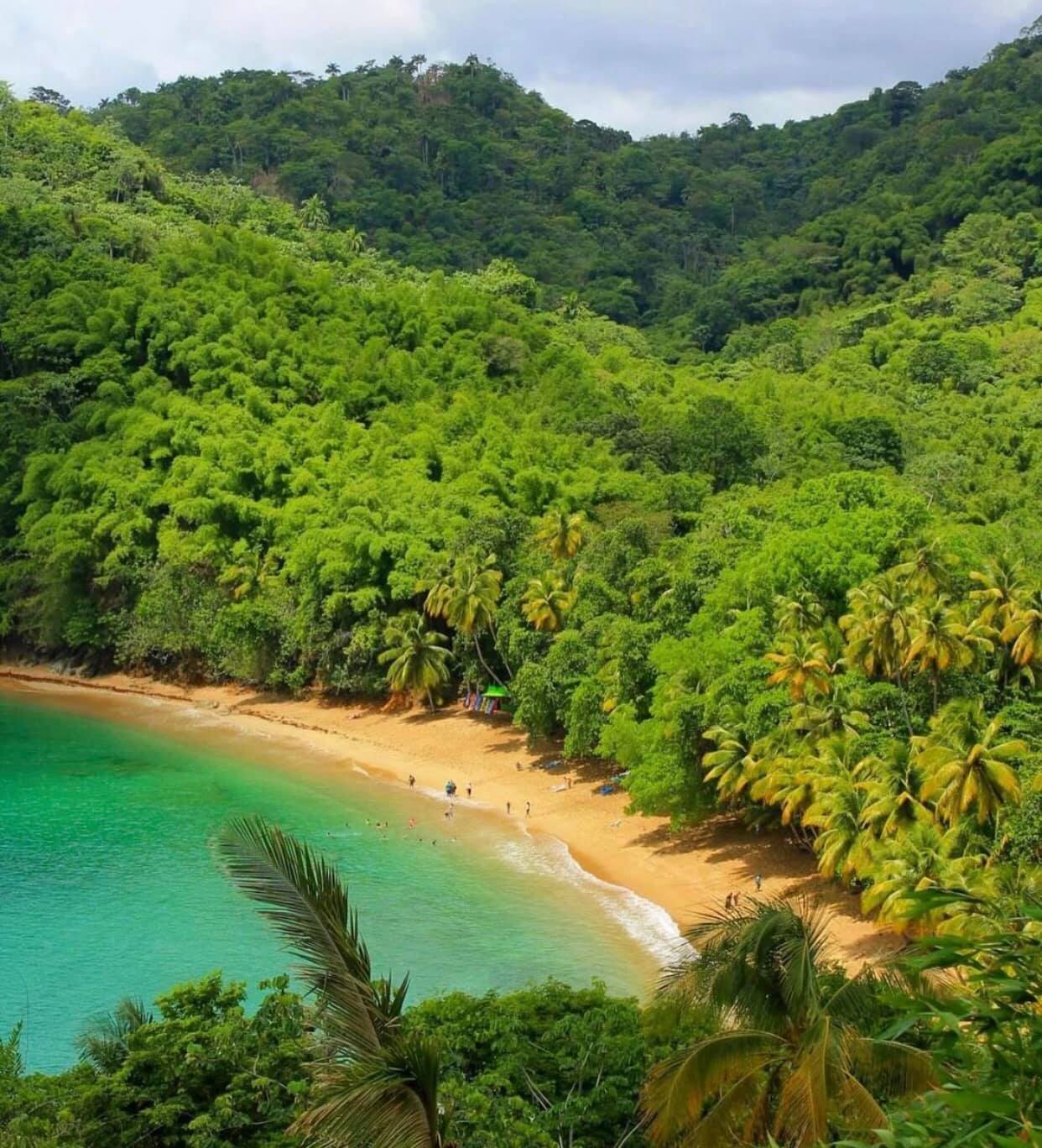
Englishman's Bay Tobago, a secluded beach paradise with, a lush rainforest backdrop, and snorkeling opportunities.
Englishman's Bay is known for its scenic beauty, with a wide stretch of soft golden sand framed by lush greenery. The bay remains relatively untouched, as it is located in a protected area that restricts development and maintains its natural allure.
Visitors to Englishman's Bay can enjoy the tranquility of the surroundings, take in the breathtaking views, swim in the clear turquoise waters, or simply relax on the uncrowded beach. It is often described as one of Tobago's hidden gems, offering a peaceful retreat for nature lovers and those seeking a serene beach experience.
While the historical details of Englishman's Bay are not as well-documented as some other areas of Tobago, the name reflects the island's colonial past and adds to the mystique of this secluded beach destination.
3. Store Bay: Where Relaxation Meets Vibrant Culture
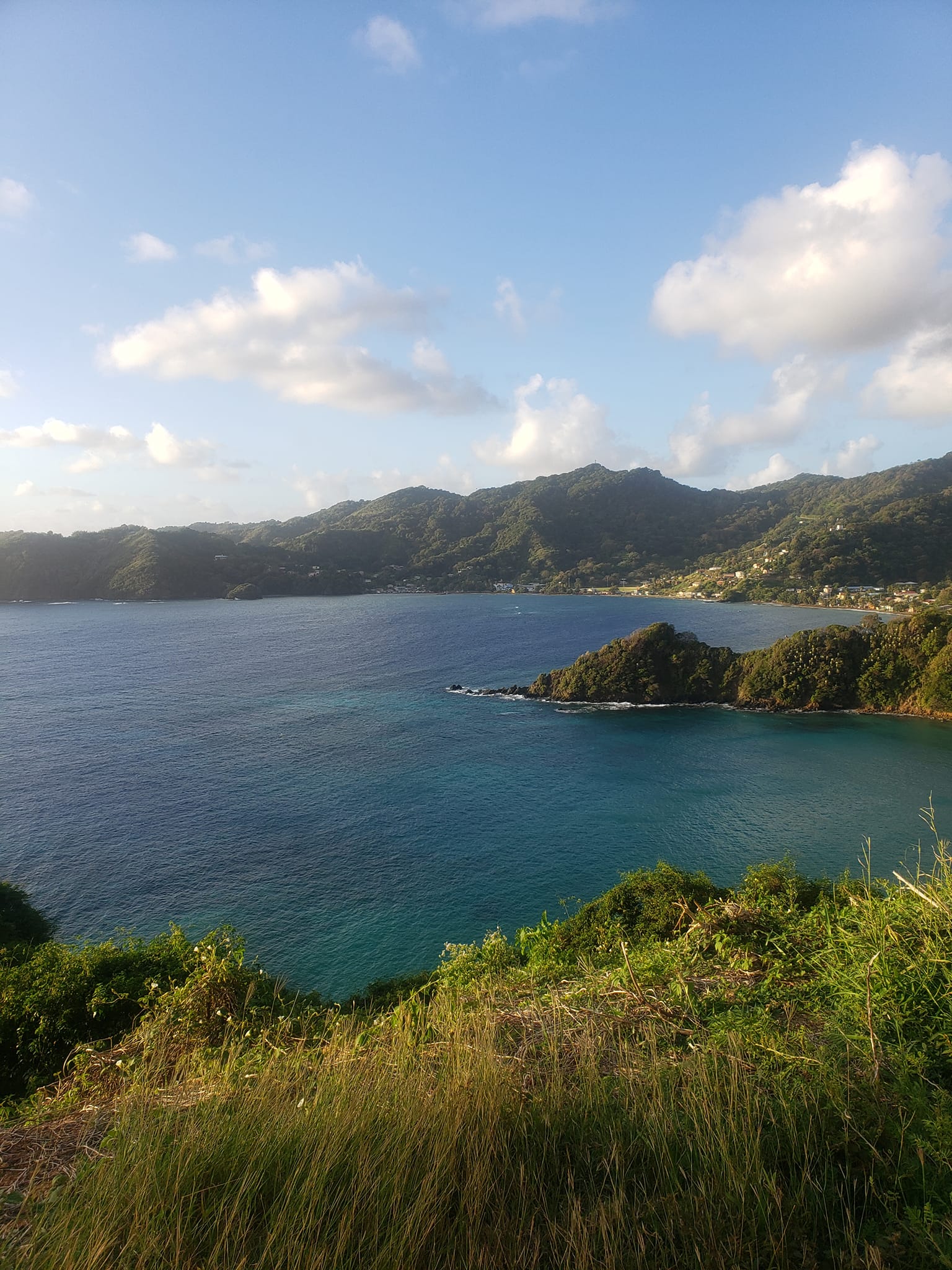
Store Bay Tobago, has a lively beach atmosphere, local food vendors, and a crafts market
Store Bay's calm waters are ideal for swimming, jet skiing, and glass-bottom boat tours.
Store Bay is also the venue for the local Great Race speedboat events, which attract thousands of spectators each year.
4. Castara Bay: Nature's Oasis with a Bohemian Vibe
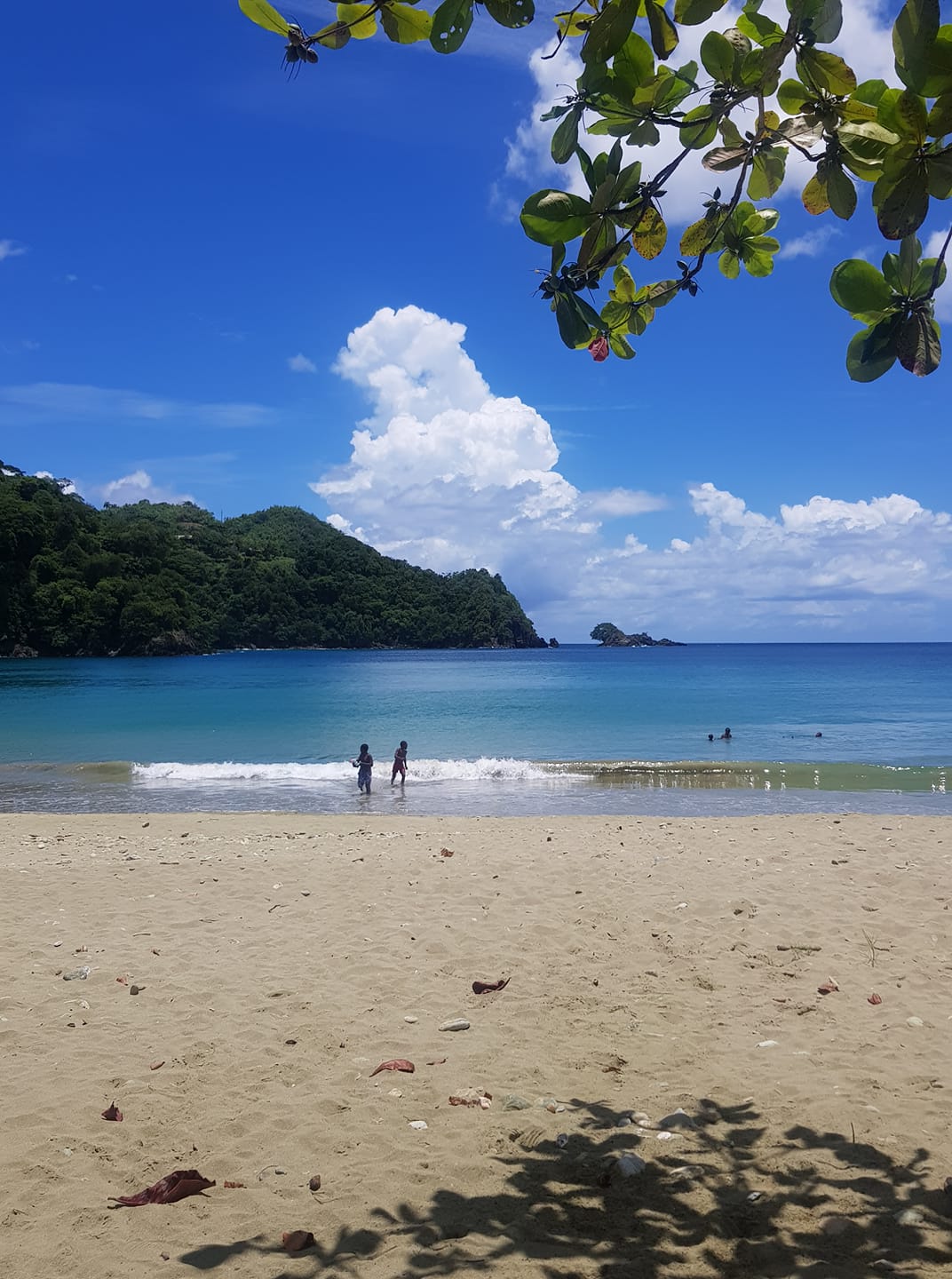
Castara Bay Tobago, pristine fishing village charm, tranquil shores, and vibrant marine life for snorkeling.
Castara Bay is a picturesque and charming fishing village located on the northwest coast of Tobago. It is known for its stunning natural beauty, pristine beaches, and rich cultural heritage. Here's a brief overview of the history and beauty of Castara Bay:
History: Castara Bay, like many other areas of Tobago, has a history deeply rooted in the indigenous Amerindian culture. Before European colonization, the island was inhabited by the Kalinago people, who lived off the land and sea. Today, remnants of their presence can still be found in the form of ancient petroglyphs and archaeological sites.
During the colonial era, Tobago changed hands between various European powers, including the Spanish, Dutch, French, and British. It experienced frequent conflicts and was a hotspot for battles and disputes among these nations. Castara Bay served as a strategic location for the French, who established a small settlement in the area during their occupation.
Beauty: Castara Bay is renowned for its pristine beaches, turquoise waters, and lush tropical scenery. The village is nestled between two picturesque bays: Little Bay and Big Bay. These crescent-shaped beaches offer calm waters, making them ideal for swimming, snorkeling, and relaxing.
The natural beauty of Castara Bay extends beyond its beaches. The surrounding rainforest-covered hills provide a stunning backdrop and offer opportunities for hiking and exploring. You can embark on nature trails that lead to hidden waterfalls, bird-watching spots, and breathtaking viewpoints that offer panoramic vistas of the bay and the Caribbean Sea.
The village itself retains a laid-back and authentic charm. The colorful fishing boats bobbing in the bay, the small wooden shacks, and the friendly locals create a relaxed and welcoming atmosphere. You can experience the local culture by interacting with the residents, sampling traditional cuisine, and even joining in on fishing activities.
In recent years, Castara Bay has become increasingly popular among eco-tourists and those seeking a quieter, more authentic experience of Tobago. The village has embraced sustainable tourism practices, and you'll find eco-lodges, guesthouses, and locally-owned businesses that strive to preserve the natural beauty and cultural heritage of the area.
Whether you're looking to relax on pristine beaches, explore nature trails, immerse yourself in the local culture, or simply unwind in a tranquil setting, Castara Bay offers a perfect blend of history and beauty that captivates visitors from around the world.
5. Turtle Beach: A Sanctuary for Endangered Sea Turtles
Turtle Beach also known as Great Courland Bay, got its name from an abundance of turtles that come ashore during the months of March to August to lay their eggs. Shaded by the backdrop of trees the beach is great for relaxing, bathing, surfing, and kayaking.
There are no lifeguards, however, the neighboring hotel has erected flags that indicate safe bathing areas.
Turtle Beach Tobago, nesting site for leatherback turtles, ecotourism destination, turtle conservation efforts
6. Grange Bay
Grange Bay is known for its stunning coral reefs, making it an excellent spot for snorkeling and diving enthusiasts.
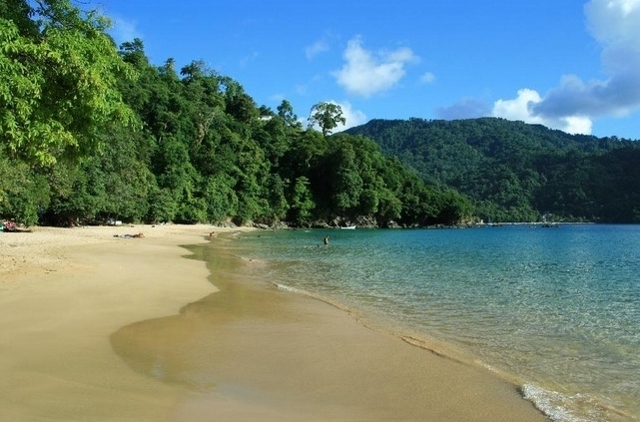
7. Lover’s Beach
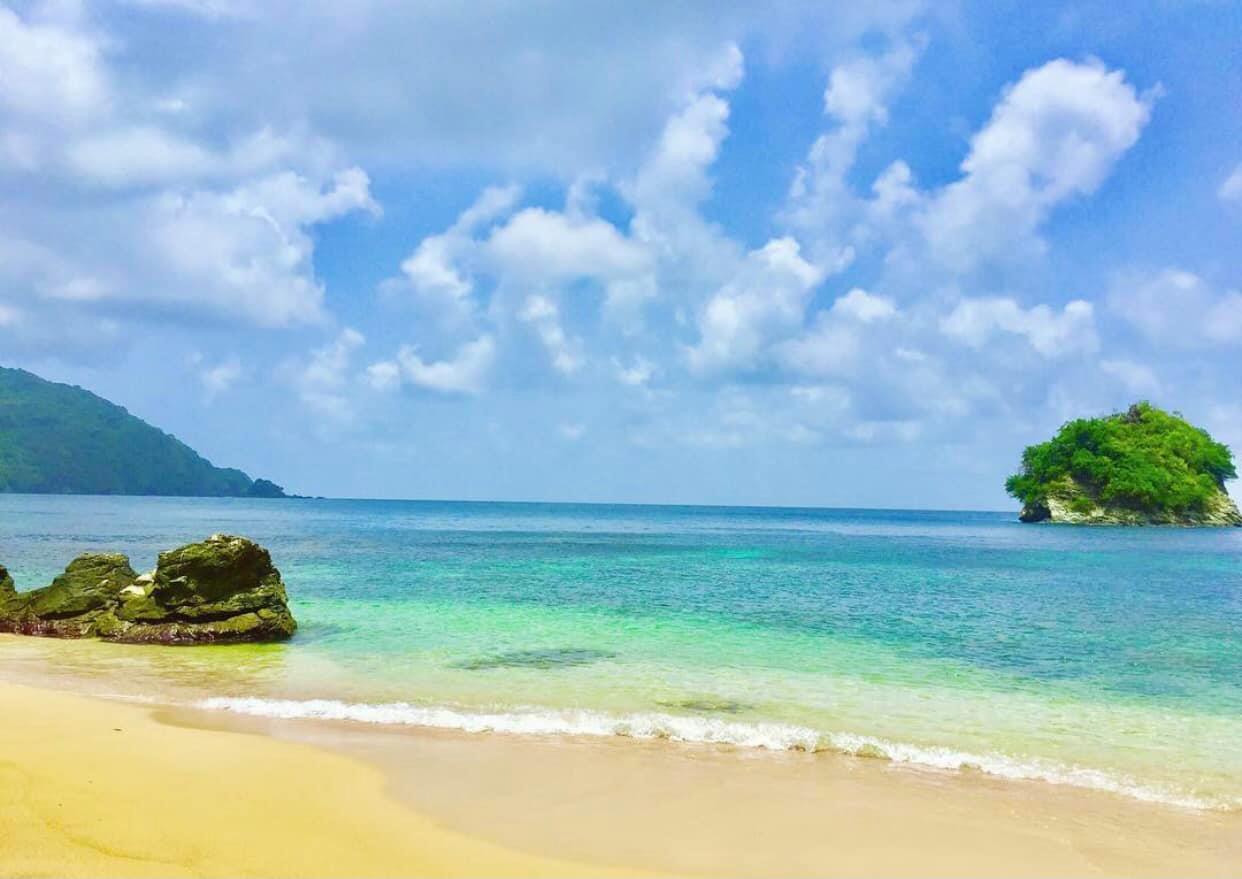
8. Cotton Bay
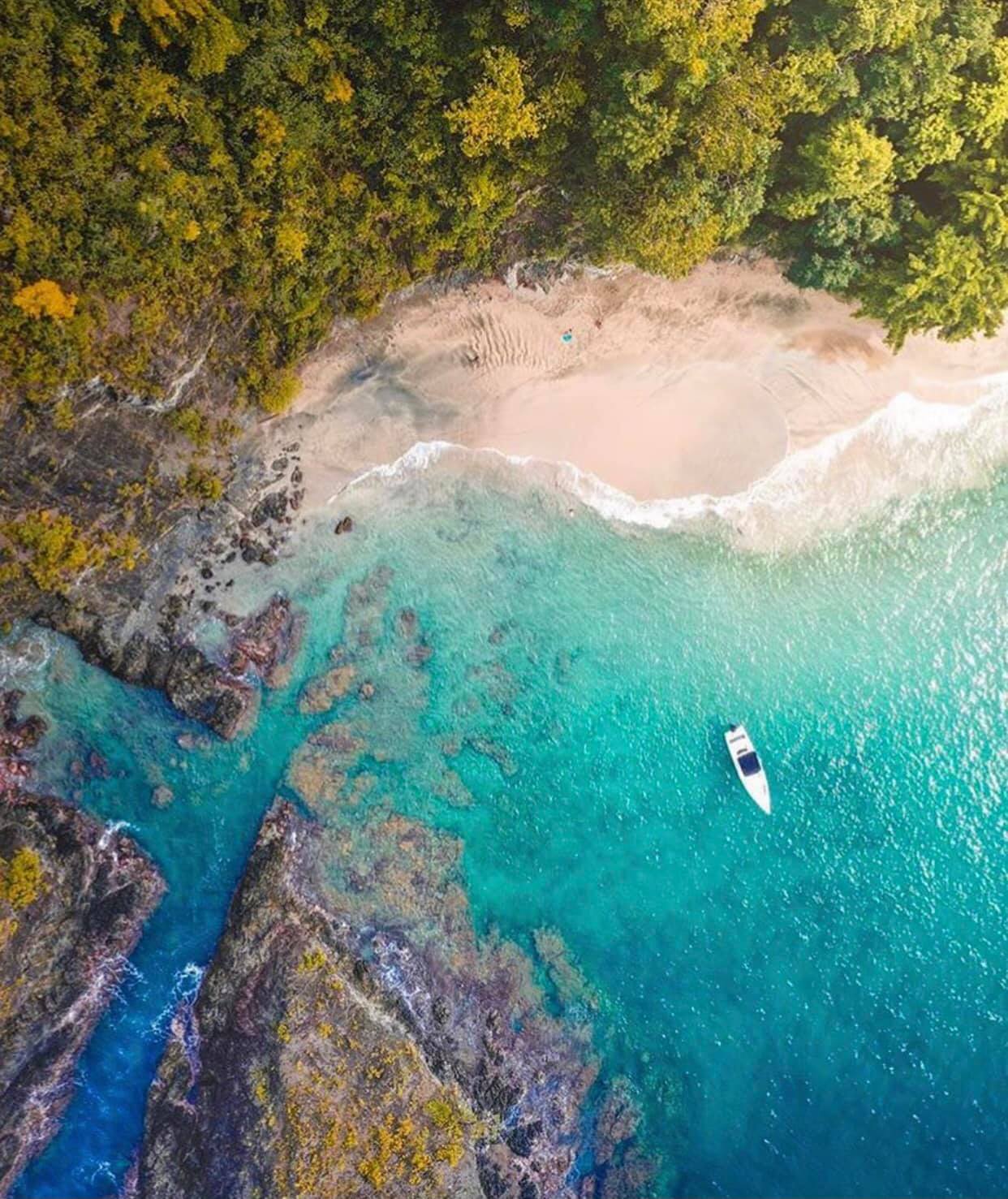
9. Grafton Beach
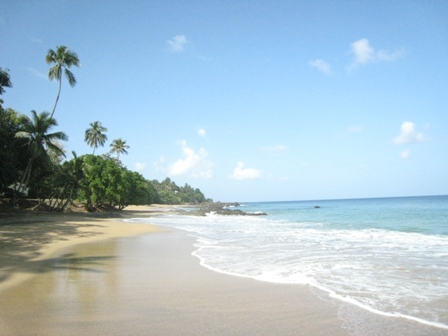
10. Mt. Irvine Beach
This beach is popular among surfers due to its consistent waves. It's also a great spot for swimming and sunbathing
